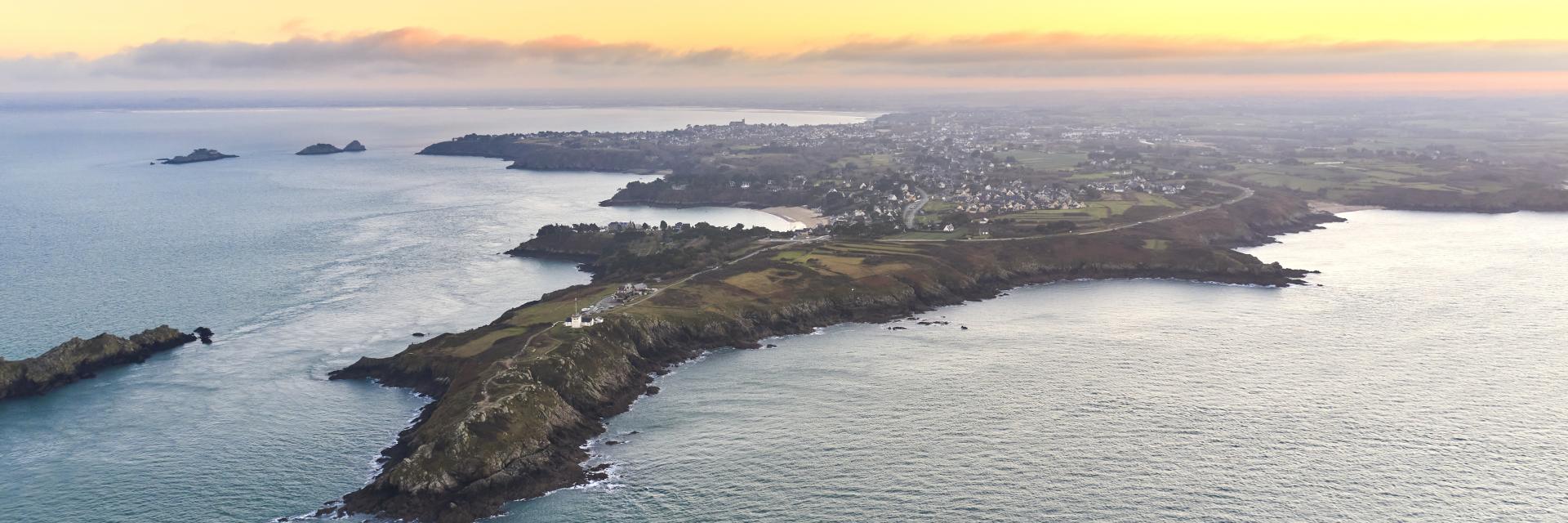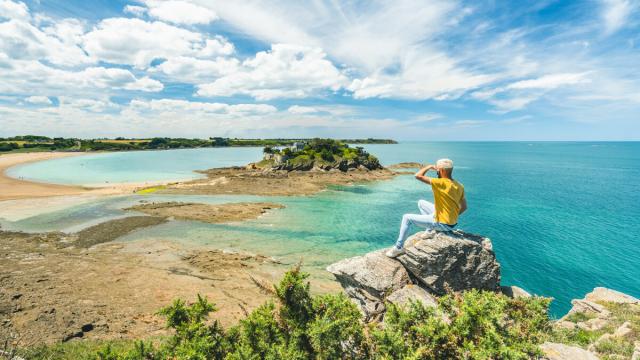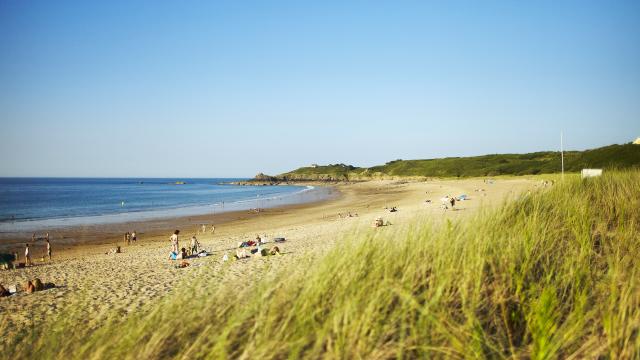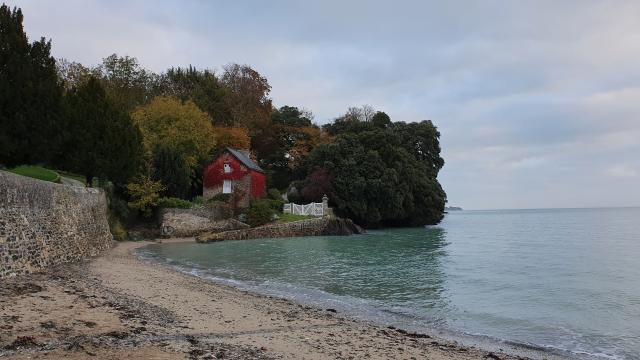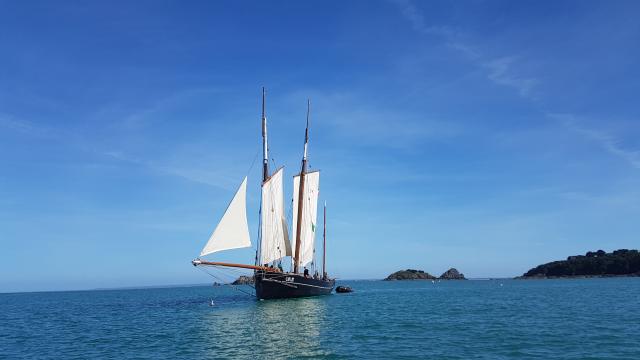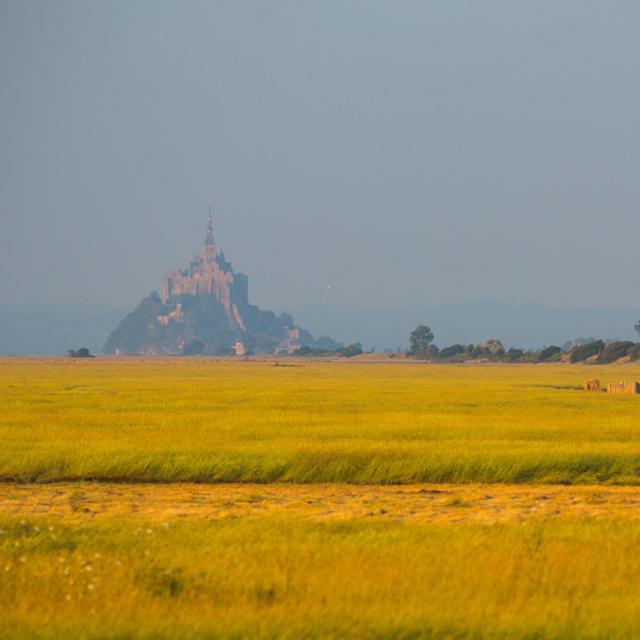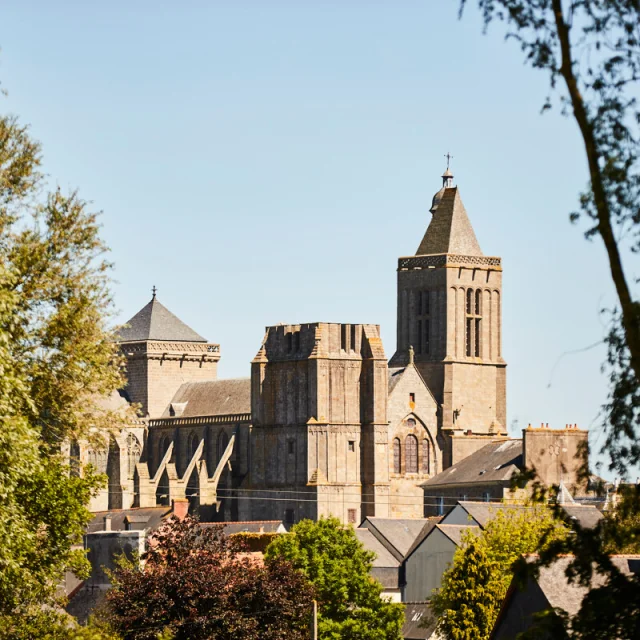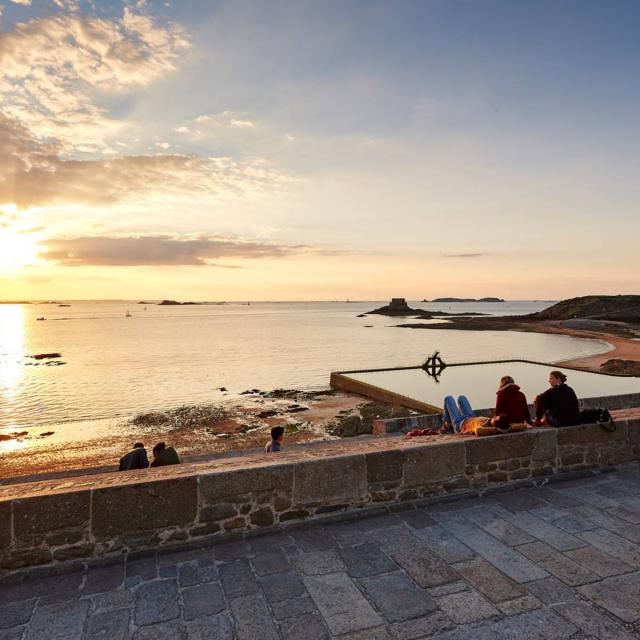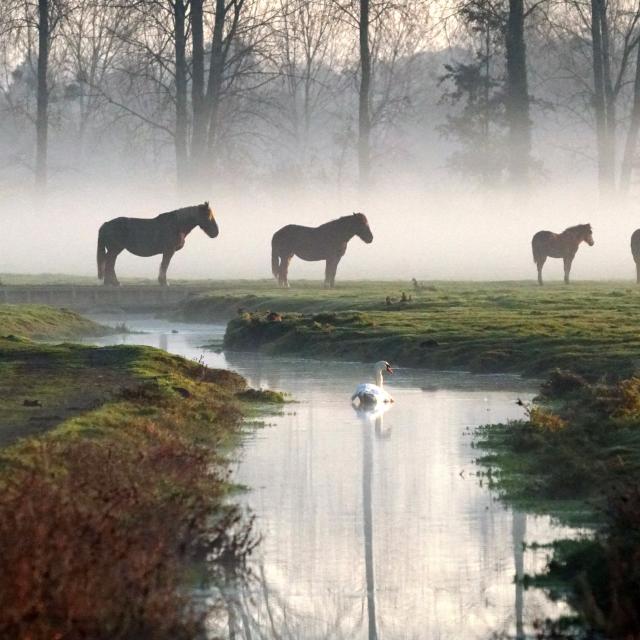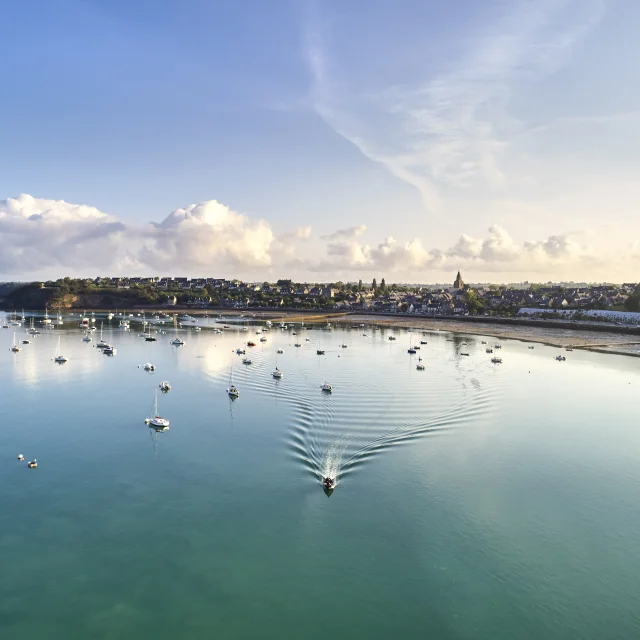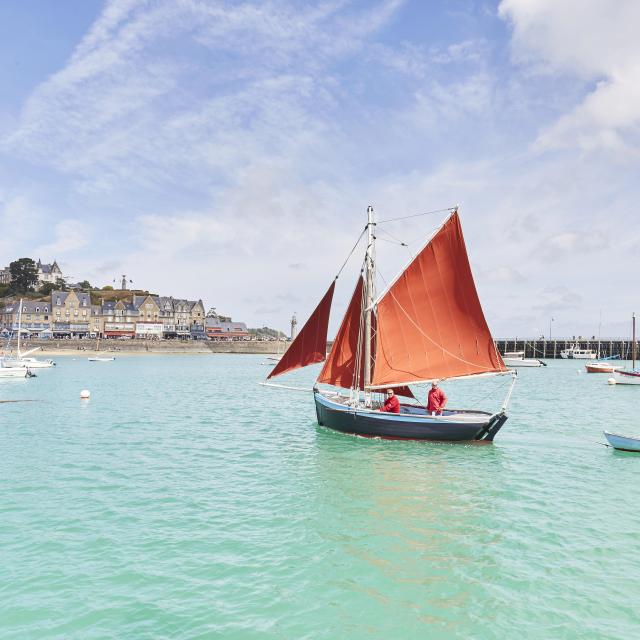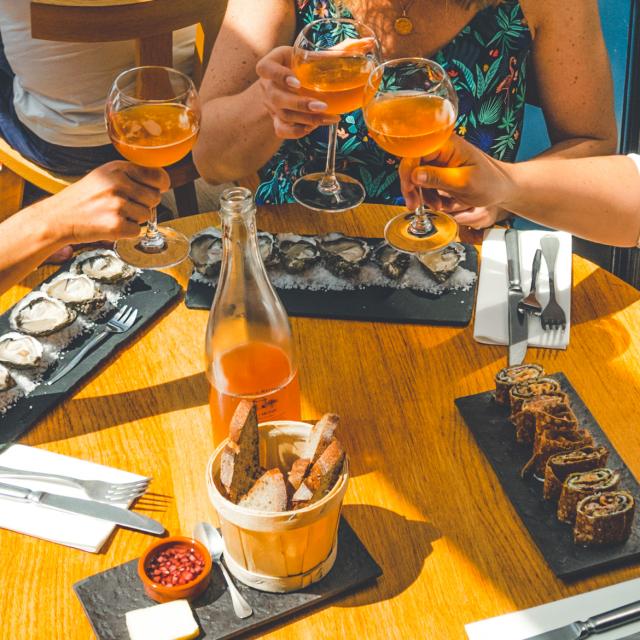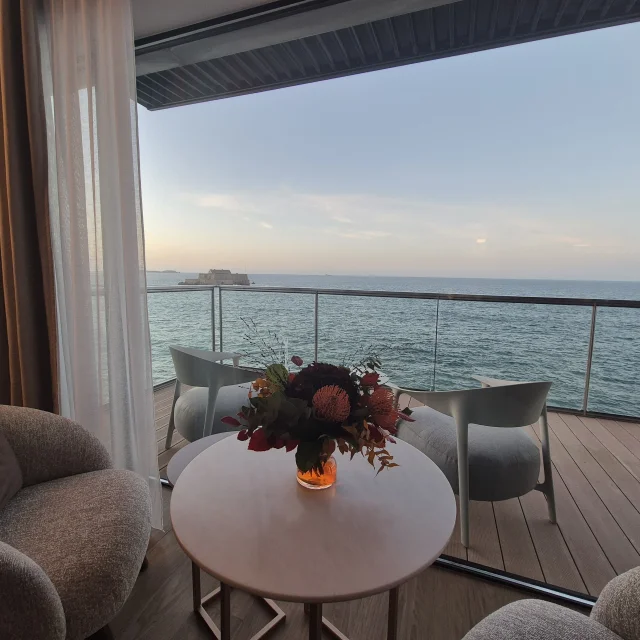A precious haven!
From the Caribbean to Japan, who hasn’t heard of Cancale’s priceless treasure? Pearly oysters that are exported everywhere and enjoyed endlessly. The farming of these oysters, listed as part of France’s Intangible Cultural Heritage, has made Cancale a Remarkable Site of Taste. Once you’ve finished tasting the oysters, set off to discover other treasures: the Malouinières. The homes of wealthy Malouin shipowners, they can be discovered not far from their home port. Go from tasty pearls to granite pearls.
